Axolotls and salamanders are fascinating amphibians that often confuse nature enthusiasts due to their similar appearances. While axolotls are technically a type of salamander, they possess distinct characteristics that set them apart from their relatives. Understanding these differences not only satisfies scientific curiosity but also helps provide proper care for these creatures in captivity. This comprehensive guide explores 16 key differences between axolotls and salamanders, covering their physical attributes, habitats, behaviors, and evolutionary adaptations.
14. Neoteny The Defining Characteristic

The most significant difference between axolotls and typical salamanders is that axolotls exhibit neoteny, a biological phenomenon where an organism reaches sexual maturity while retaining juvenile physical characteristics. Axolotls (Ambystoma mexicanum) remain in their larval form throughout their entire lives, complete with external gills and aquatic features, yet can still reproduce. Their permanent “teenage” state is what makes them so distinctive.
Most salamander species, in contrast, undergo metamorphosis, transitioning from an aquatic larval stage to a terrestrial adult form. During this process, they develop lungs, lose their gills, grow eyelids, and their tails become more rounded to facilitate land movement. This fundamental biological difference shapes many of the other distinctions between these amphibians and represents one of the most fascinating evolutionary adaptations in the animal kingdom.
13. Gill Structure and Breathing Mechanisms
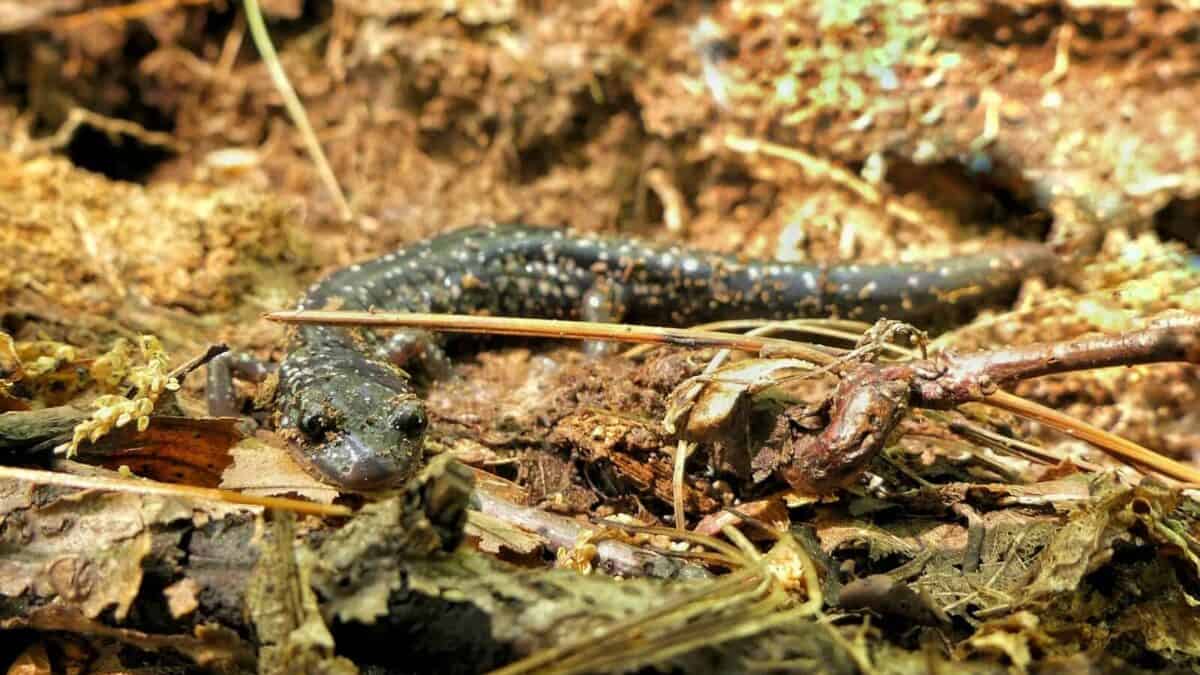
Axolotls possess distinctive feathery external gills that protrude from the back of their heads, resembling three feathery branches on each side. These remarkable structures are not just for show—they’re vital respiratory organs that extract oxygen from the water. The bright red color of healthy axolotl gills comes from the rich blood supply necessary for efficient gas exchange. Additionally, axolotls can supplement their gill breathing with rudimentary lungs and cutaneous respiration (breathing through their skin).
Adult salamanders, having undergone metamorphosis, primarily rely on lungs for breathing, having lost their external gills during development. While aquatic salamander larvae may have external gills similar to axolotls, these are temporary structures. Some salamander species that live in oxygen-poor environments, like the Siren, may retain some gill structures, but they’re typically not as prominent or feathery as those of axolotls. This respiratory difference is crucial for understanding the distinct environmental needs of each animal.
12. Habitat Preferences and Adaptations

Axolotls are strictly aquatic creatures, spending their entire lives underwater. Native only to Lake Xochimilco and Lake Chalco in the Valley of Mexico (though Lake Chalco no longer exists as a lake), these creatures have evolved to thrive exclusively in freshwater environments. Their physical adaptations—including their gills, laterally compressed tails, and lack of eyelids—are specialized for permanent aquatic living.
Salamanders, depending on the species, demonstrate much more habitat diversity. While many begin life in water, most adult salamanders are terrestrial or semi-aquatic, inhabiting forests, mountains, and wetlands across the globe. Some species, like the fire salamander, prefer moist woodland habitats, while others, such as the alpine salamander, can be found at high elevations. This habitat flexibility is reflected in their physical adaptations, including more robust limbs for land navigation and skin that can withstand limited exposure to drier conditions, though all salamanders require moisture to survive.
11. Geographical Distribution

Axolotls have an extremely limited natural range. In the wild, they are endemic solely to the ancient lake system in the Valley of Mexico, specifically the remnants of Lake Xochimilco. This highly restricted distribution has contributed to their critically endangered status in the wild. Today, most axolotls exist in captivity as part of conservation efforts, research colonies, and the pet trade, where they’re bred around the world.
Salamanders, by contrast, have a vast global distribution spanning multiple continents. The nearly 760 species of salamanders can be found throughout North America, Europe, Asia, and parts of Northern Africa. The greatest salamander diversity exists in the eastern United States, particularly in the Appalachian Mountains region, which is considered a global hotspot for salamander species. This wide geographical spread has allowed salamanders to adapt to numerous ecological niches, from tropical rainforests to alpine meadows, demonstrating their evolutionary success as a taxonomic group.
10. Limb and Skeletal Structure
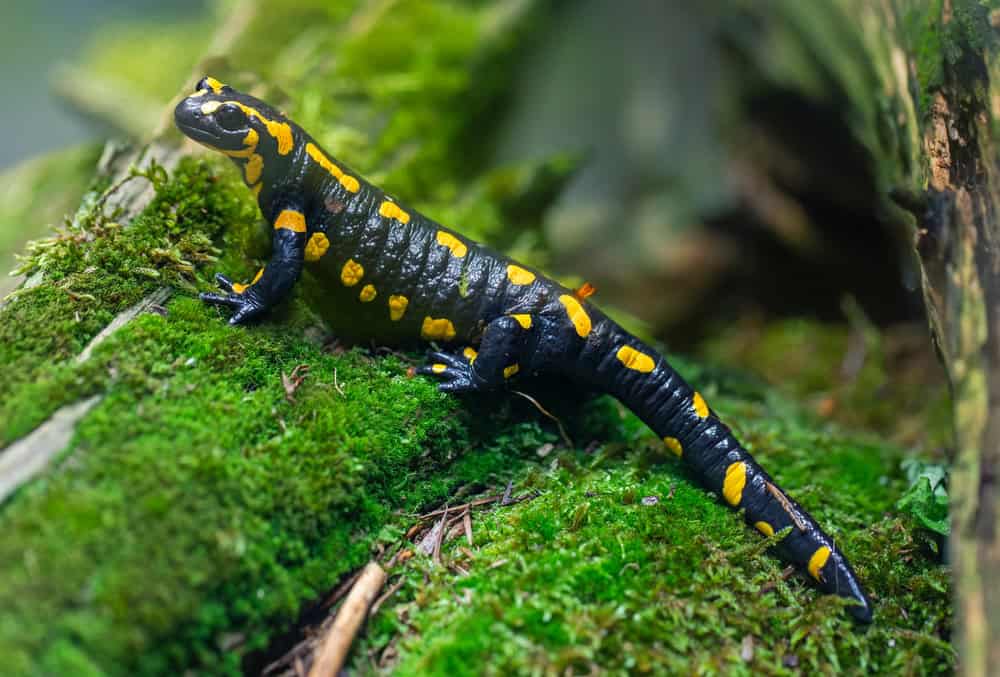
Axolotls possess slender, somewhat underdeveloped limbs that are primarily used for gentle movement along the bottom of their aquatic habitats. Their legs extend perpendicular to their bodies, and they have fully webbed feet with small, soft digits that aid in swimming. One of the most remarkable features of axolotls is their extraordinary regenerative capabilities. They can regrow entire limbs, portions of their spinal cord, heart, and even parts of their brain with no scarring—a characteristic that has made them invaluable to scientific research.
Typical salamanders develop more robust, muscular limbs after metamorphosis, adapted for both swimming and terrestrial locomotion. Their feet generally have less webbing than axolotls, with stronger digits for gripping and climbing in their varied habitats. While many salamander species possess impressive regenerative abilities, most cannot match the extensive regeneration capabilities of axolotls. The skeletal structure of adult salamanders tends to be more ossified (hardened into bone) compared to the largely cartilaginous skeleton of the neotenic axolotl, reflecting their different movement requirements and developmental stages.
9. Skin Characteristics and Coloration
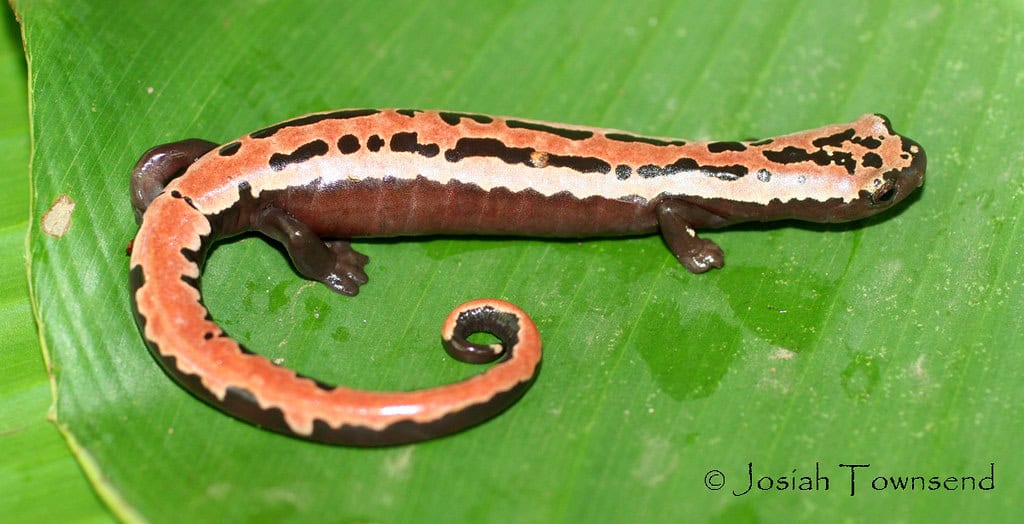
Axolotls have smooth, permeable skin that’s typically translucent or lightly pigmented in their natural state. Wild axolotls are usually dark brown to greenish-black with speckles, providing camouflage in their natural muddy lake habitat. In captivity, selective breeding has produced numerous color morphs, including the leucistic (white with black eyes), albino (white/pink with red eyes), golden, and melanoid (black) varieties. Their skin lacks the glands that produce toxic secretions found in many salamander species, making them relatively defenseless against predators.
Salamanders often display more vivid and varied coloration patterns, frequently featuring warning colors that advertise their toxicity. Species like the fire salamander exhibit striking black and yellow patterns, while red-backed salamanders feature bright stripes. Their skin is typically thicker than that of axolotls and contains numerous glands that secrete mucus to keep them moist. Many salamander species also possess specialized poison glands that produce defensive toxins, which can range from mild irritants to potent neurotoxins. These skin secretions serve as a crucial defense mechanism against predators in their diverse habitats.
8. Reproduction and Life Cycle

Axolotls reach sexual maturity around 12-18 months of age while remaining in their larval form. Their breeding process begins with a dance-like courtship ritual, after which the male deposits spermatophores (packets of sperm) that the female collects with her cloaca. Female axolotls can lay between 100-1,000 eggs, which they typically attach to plants or rocks in their aquatic environment. These eggs hatch after 2-3 weeks, producing miniature versions of the adults that develop rapidly but never undergo metamorphosis.
Salamanders exhibit more diverse reproductive strategies across species. Most follow a similar external fertilization method to axolotls, but some species, like fire salamanders, practice internal fertilization and may even give birth to live young instead of laying eggs. After hatching, salamander larvae undergo a complex metamorphosis process, developing lungs, losing gills, and adapting to terrestrial life. This metamorphic process can take anywhere from a few weeks to several years, depending on the species and environmental conditions. Some salamander species, particularly those in the family Plethodontidae, bypass the aquatic larval stage entirely, hatching as miniature versions of the adults.
7. Dietary Preferences and Feeding Behaviors

Axolotls are carnivorous ambush predators with relatively simple dietary needs. In the wild, they feed primarily on aquatic invertebrates, small fish, and other amphibians. Their hunting strategy relies heavily on suction feeding—they create a vacuum by quickly opening their mouths, drawing prey inside along with water. This method is so powerful that axolotls can sometimes ingest substrates like gravel, which may lead to impaction issues in captivity. Unlike many aquatic predators, axolotls have poor eyesight and rely predominantly on their lateral line system (sensing movement in water) and sense of smell to locate prey.
Salamanders display more varied feeding strategies reflecting their diverse habitats. While aquatic salamander larvae may feed similarly to axolotls, terrestrial adults have adapted different hunting techniques. Many use their sticky, projectile tongues to capture prey with remarkable speed and precision. Their diet typically includes insects, worms, small invertebrates, and occasionally smaller amphibians. Some larger species, like the Japanese giant salamander, may prey on fish, frogs, and small mammals. Most salamander species are active hunters rather than ambush predators, searching their environment for food rather than waiting for prey to approach.
6. Size and Growth Patterns

Axolotls typically reach 9-12 inches (23-30 cm) in length when fully grown, with females generally growing slightly larger than males. Their growth rate is relatively rapid during the first year of life, slowing as they approach maturity. In optimal conditions with proper nutrition, axolotls can reach their full size in about 18-24 months. Their indeterminate growth pattern means they continue to grow throughout their lives, albeit very slowly after reaching maturity.
Salamanders show remarkable size variation across species. The smallest, like the Thorius salamanders of Mexico, measure barely an inch long, while the Chinese giant salamander—the largest amphibian in the world—can reach lengths exceeding 5 feet (1.8 meters) and weigh up to 140 pounds (64 kg). Most common salamander species fall somewhere in the middle, typically measuring 4-7 inches (10-18 cm) as adults. Unlike axolotls, many salamander species exhibit determinate growth, reaching a maximum size and then stopping. Their growth patterns also change dramatically during metamorphosis, with different body proportions developing as they transition to their adult form.
5. Lifespan and Aging Process
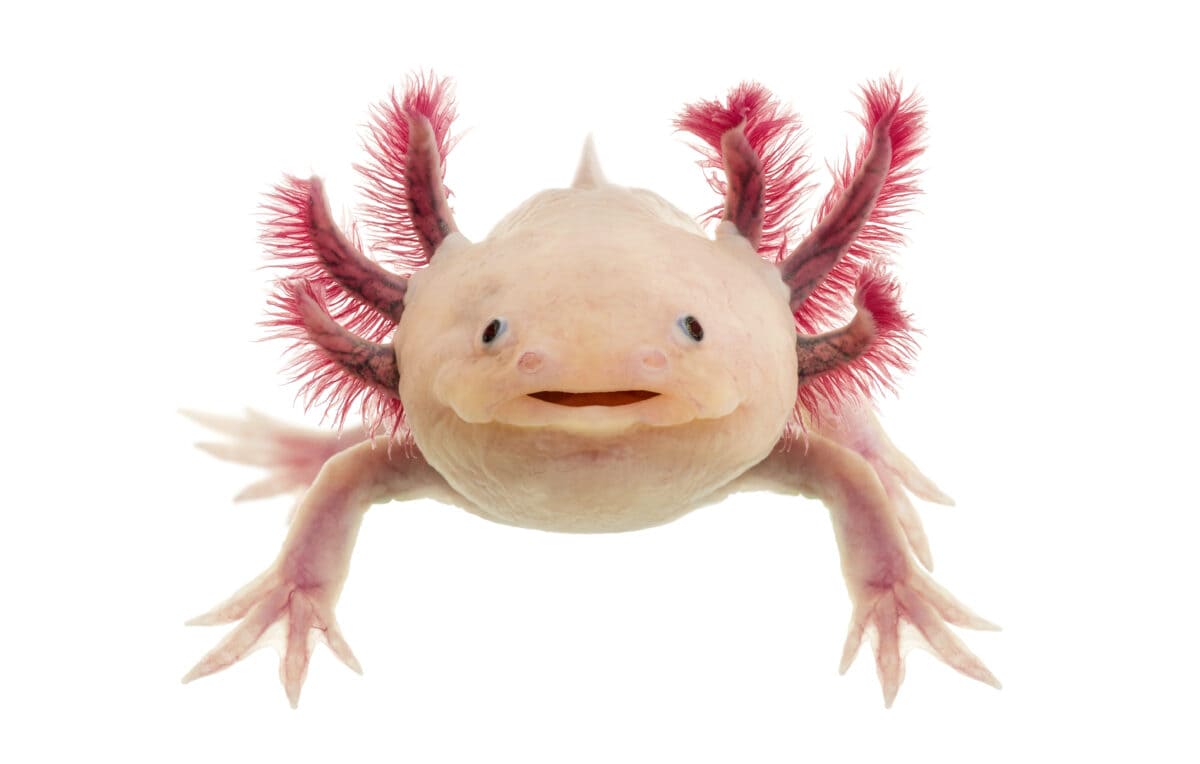
Axolotls enjoy relatively long lifespans for amphibians, typically living 10-15 years in captivity with proper care. Some well-maintained specimens have reportedly lived beyond 20 years. Their neotenic state appears to contribute to their longevity, as they maintain certain juvenile characteristics that may slow the aging process. Research suggests that their remarkable regenerative abilities and unique metabolic characteristics may play a role in their extended lifespan compared to many other amphibians.
Salamander lifespans vary tremendously by species. Smaller species may live only 5-10 years, while larger salamanders like the Japanese giant salamander can survive for decades, with some specimens estimated to live 50-80 years in the wild. Interestingly, some salamander species demonstrate extreme longevity for their size. The olm (Proteus anguinus), a cave-dwelling salamander that, like axolotls, retains neotenic features, has a documented lifespan exceeding 100 years. Factors affecting salamander longevity include metabolic rate, body size, habitat conditions, and reproductive strategies, with some evidence suggesting that certain salamander species age remarkably slowly compared to other vertebrates.
4. Conservation Status and Threats

Axolotls are classified as critically endangered in the wild by the IUCN Red List. Their native habitat in the Lake Xochimilco complex has been reduced to a fraction of its original size due to urban development in Mexico City. The remaining population faces severe threats from water pollution, introduced predatory fish like tilapia and carp, and habitat degradation. Current estimates suggest fewer than 1,000 wild axolotls remain, with some surveys indicating numbers as low as 100 individuals. Despite their endangered status in nature, axolotls are abundant in captivity due to their popularity in scientific research and the exotic pet trade.
Salamanders worldwide face varying conservation challenges. Of the approximately 760 recognized species, the IUCN classifies nearly half as threatened or data deficient. Major threats include habitat destruction, climate change, pollution, and the spread of diseases like Batrachochytrium salamandrivorans (Bsal), a deadly fungal pathogen. Certain regions have seen dramatic salamander population declines, particularly in Central America and parts of Europe. The pet trade has also impacted wild populations of colorful or unusual species. Unlike axolotls, most threatened salamander species have not benefited from extensive captive breeding programs, making habitat conservation crucial for their survival.
3. Scientific and Medical Significance
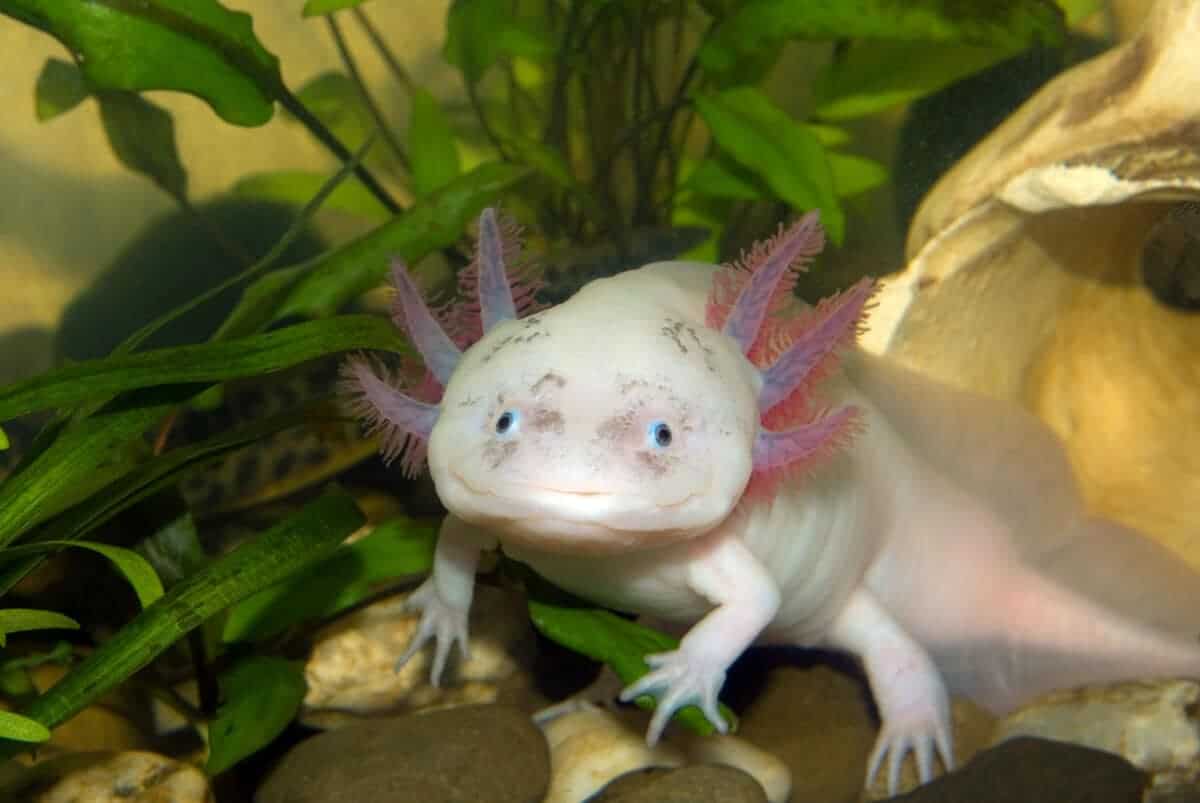
Axolotls have achieved scientific celebrity status due to their extraordinary regenerative capabilities. They can regrow entire limbs, parts of their brain, spinal cord, heart, and other vital organs without scarring. This remarkable ability has made them invaluable models for regenerative medicine research. Scientists study axolotl cellular mechanisms to better understand how tissue regeneration might be applied to human medicine. Additionally, their neotenic development provides insights into evolutionary biology and developmental processes. Axolotls are also used in cancer research, as they appear to have unique resistance to certain types of tumors.
While various salamander species possess regenerative abilities, most have been studied less extensively than axolotls. However, salamanders as a group offer broader research opportunities due to their diversity. Different salamander species provide comparative models for studying evolutionary adaptation, toxicology, and environmental health. The skin secretions of many salamander species contain compounds of pharmaceutical interest, including potential antibiotics and analgesics. Some species, like the olm, are studied for their extreme longevity, while others serve as bioindicators of ecosystem health due to their sensitivity to environmental changes. Both axolotls and salamanders continue to play crucial roles in advancing scientific understanding of fundamental biological processes.
2. Behavior and Activity Patterns
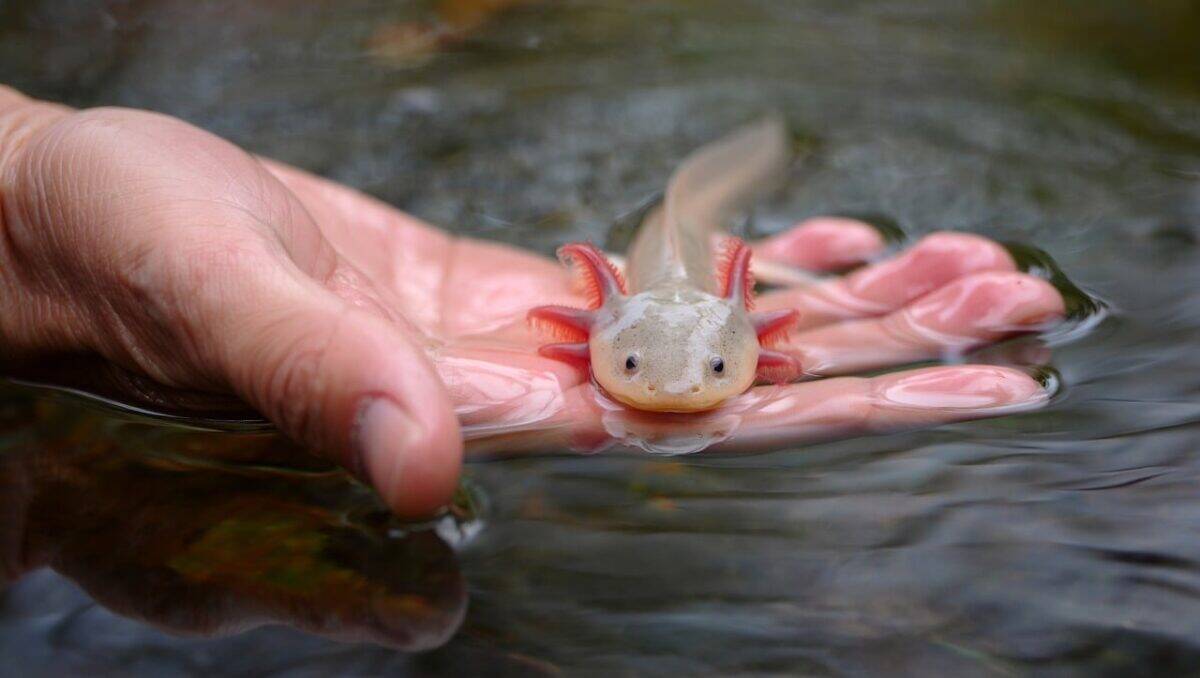
Axolotls are generally calm, slow-moving creatures with relatively simple behavioral patterns. They’re primarily crepuscular, showing increased activity during dawn and dusk in natural settings, though captive specimens often adapt to their owners’ schedules. Axolotls spend much of their time either resting on the substrate or gently swimming with undulating movements of their tail. They’re not highly territorial but may occasionally nip at tank mates, especially during feeding. Their social structure is minimal, with little evidence of complex interactions beyond breeding season courtship.
Salamanders exhibit more diverse and complex behaviors, reflecting their varied habitats and lifestyles. Many terrestrial species are nocturnal, hiding under logs or in burrows during daylight hours to avoid desiccation and predators. Some species, particularly those in the Plethodontidae family, display elaborate courtship rituals involving tactile communication and pheromone signaling. Territorial behaviors are common among many salamander species, with individuals defending feeding grounds or breeding sites. Some species, like the red-backed salamander, form social hierarchies within their populations. Seasonal migrations are another notable behavior in many salamander species, with mass movements to breeding ponds during rainy periods creating spectacular natural events in certain regions.
1. Captive Care Requirements
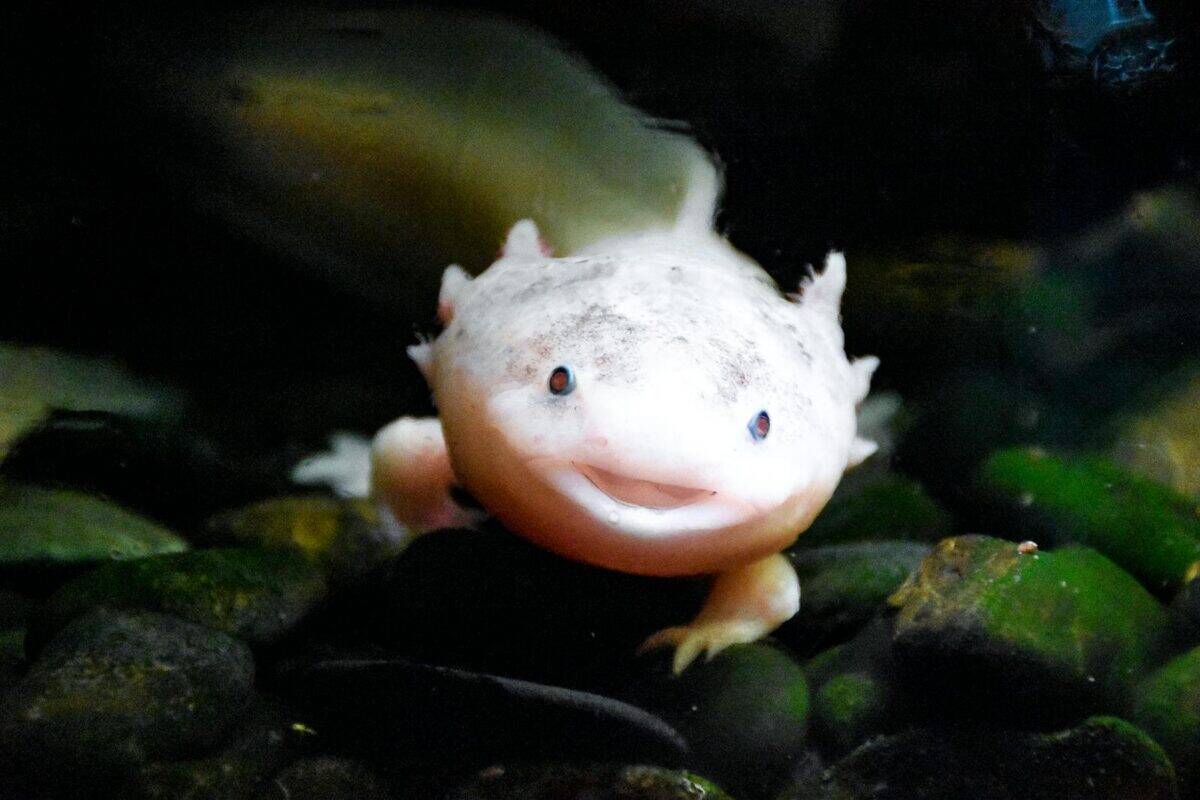
Axolotls require specialized aquatic setups that differ from typical fish tanks. They thrive in cool water temperatures between 60-68°F (16-20°C), making chillers necessary in warmer climates. Their sensitive skin demands excellent water quality with minimal ammonia and nitrites, typically achieved through powerful filtration systems with gentle flow rates to avoid stressing the animals. Bare-bottom tanks or fine sand substrates are recommended, as axolotls may ingest gravel, causing impaction. These creatures are poor tankmates for fish, which may nip at their gills, and they generally do best either alone or with other similarly-sized axolotls.
Conclusion:

While axolotls and salamanders share a common ancestry and many physical traits, the differences between them are both striking and significant. From the axolotl’s permanent larval state and external gills to the wide range of life stages and habitats seen in other salamanders, these amphibians showcase the incredible diversity of evolutionary adaptations within a single group. Their contrasting abilities in regeneration, reproduction, and environmental needs highlight how species can take drastically different paths to survive and thrive.
Understanding these 14 key differences not only clears up confusion between axolotls and other salamanders—it also deepens our appreciation for the complexities of amphibian biology. As both face growing environmental threats, awareness and education are vital to protecting their fragile ecosystems. Whether you’re a curious learner, a pet enthusiast, or a conservation advocate, recognizing what makes axolotls and salamanders unique helps ensure a future where these remarkable creatures continue to enchant and educate us.
- 10 Common Chicken Behaviors and What They Mean - August 9, 2025
- 14 Creatures That Can Freeze and Thaw Back to Life - August 9, 2025
- 10 Animals That Risked Their Lives to Save Humans - August 9, 2025

